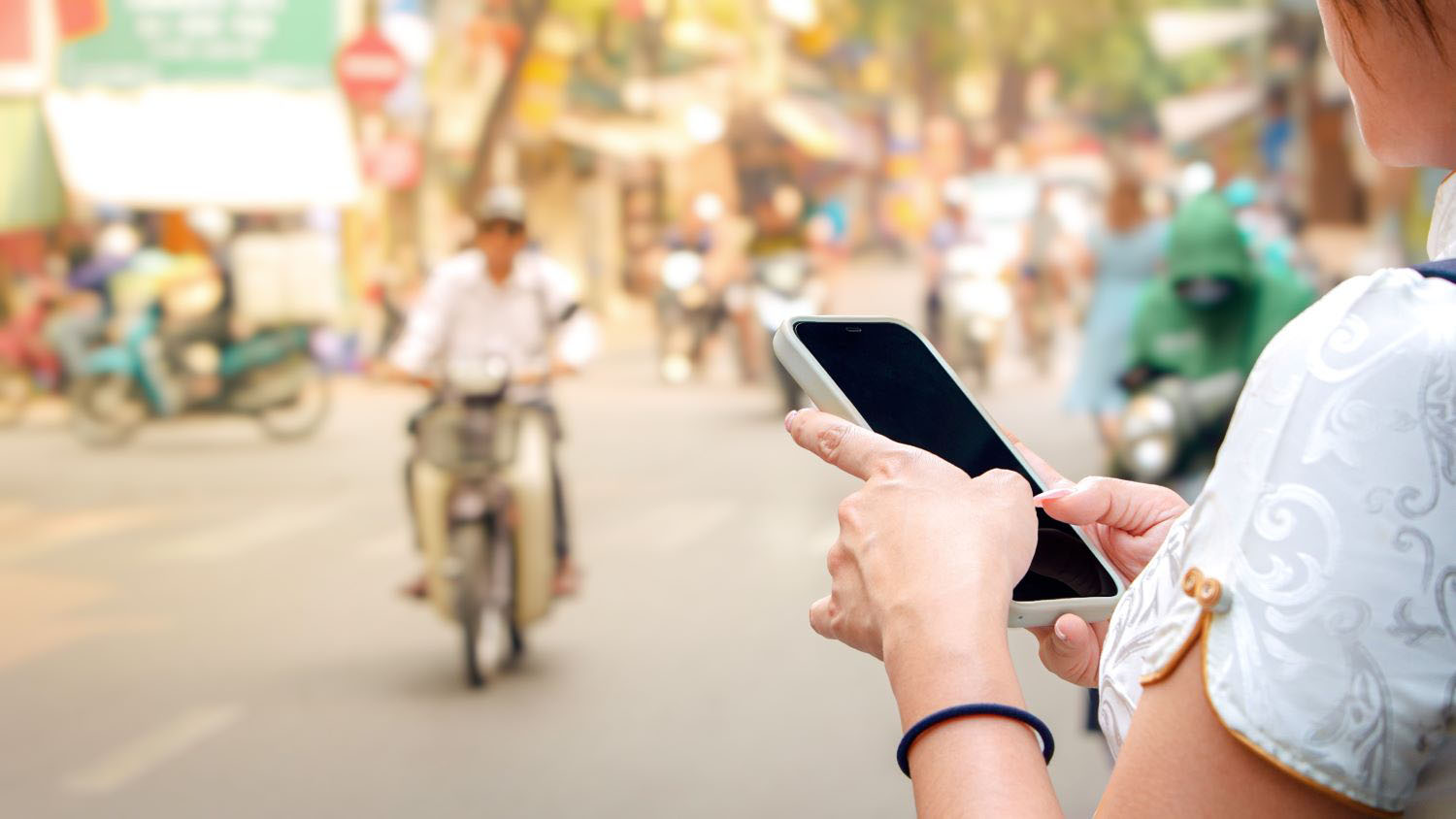It seems the more people hear about behavioral economics, the more misconceptions seem to pop up. So today we’ve posted a short essay by Matthew Darling, Saugato Datta and Sendhil Mullainathan debunking misperceptions related to using behavioral economics to influence people’s choices and actions.
Here’s the message: Behavioral economics is not about controlling behavior, being liberal or conservative, or dealing with people’s irrationality. Instead, it’s about using a more realistic, psychology-informed model of decision-making, while keeping a focus on institutions and the context in which decisions are made.
That’s right: Democrats, led by a new White House nudge unit, Republicans like Mike Huckabee and Independents like Michael Bloomberg, can all use behavioral economics-inspired tools to help us to choose and behave more in accordance with our own wishes.
Similarly, much of the success of aid programs depends on people acting in certain ways. So behavioral economics approaches are a great addition to the usual toolbox of listing behavior change as an assumption on the way to program impact in your project results framework. In fact, the World Bank will dedicate its 2015 version of the World Development Report to the behavioral and social foundations of development (join that effort here).
One example of how behavioral economics is used in aid is the now-classic “lentils and a plate for vaccination” experiment by Banerjee et al, which shows that a small in-kind incentive can generate a huge increase in vaccination rates in one of the poorest rural areas in India, well above and beyond increasing the reliability of the supply of vaccines.
But there is lots of other exciting experimentation going on at the intersection of behavioral economics and health in low- and middle-income countries, particularly with micro-incentives and pre-commitments. A nice overview of the field was posted by Michael Kremer and Rachel Glennerster here, as part of the new edition of the Handbook of Health Economics and originally prepared for CGD.
And here are a few new names to track in the coming months:
- Allison Buttenheim and co-investigators are testing whether a lottery could inexpensively increase household participation in an anti-Chagas spraying program in Arequipa, Peru;
- Danny Feikin and co-investigators are providing micro-incentives via M-Pesa for on-time vaccination in Kisumu, Kenya;
- Janet Schwartz and co-authors will shortly release a paper examining pre-commitments to improve wellness in a private insurer plan in South Africa.
Perhaps the biggest problem in applying behavioral economics in development is the lack of scale and the predominance of boutique experiments. While domestic nudge units in the US and the UK focus on policy-level interventions, we in development continue mostly academic, small-scale experiments that – even when seemingly successful in a given context – fail to scale up. This is where Saugato and Sendhil’s earlier work on behavioral design for development policy could be particularly relevant; they propose to analyze behavioral obstacles to impact in already-scaled programs, and introduce and test behavioral economics interventions in that context.
So whatever your politics, if you work in development, start to explore the power of behavioral economics in the at-scale policies and programs that you support. Perhaps a small nudge could make a big difference.
PS - If you haven’t already, check out Sendhil’s new book on scarcity and how it affects decision-making, particularly for the poor: http://www.amazon.com/Scarcity-Having-Little-Means-Much/dp/0805092641
CGD blog posts reflect the views of the authors, drawing on prior research and experience in their areas of expertise.
CGD is a nonpartisan, independent organization and does not take institutional positions.





